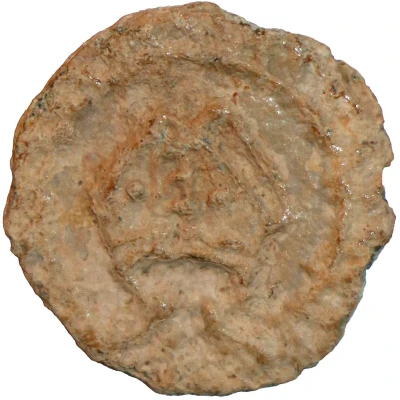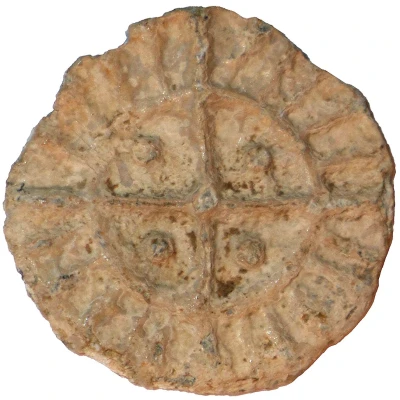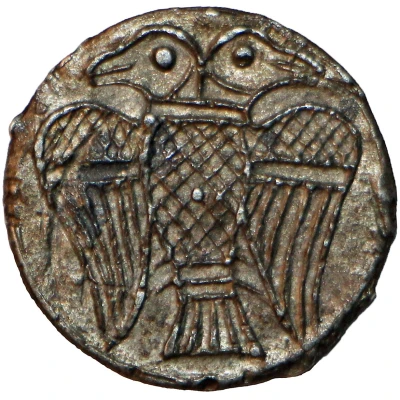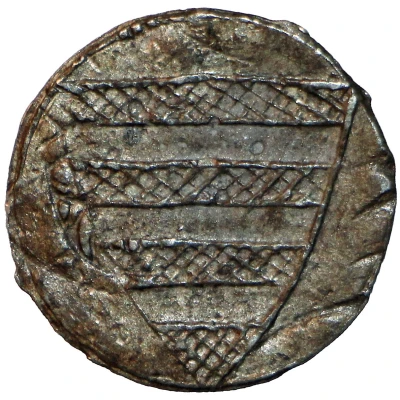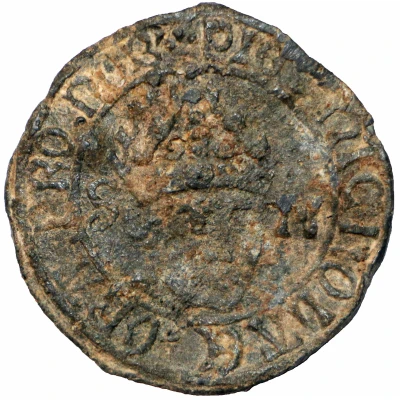


© John Conduitt (CC BY-SA)
Boy Bishop Groat Token Bury Series 1, Inscribed ND
| Lead | 5.2 g | 25 mm |
| Location | England (United Kingdom, British Overseas Territories and Crown Dependencies) |
|---|---|
| King | Henry VII (1485-1509) Henry VIII (1509-1547) |
| Type | Spiritual tokens › Religious tokens |
| Years | 1485-1530 |
| Value | 1 Groat (1⁄60) |
| Currency | Pound sterling (1158-1970) |
| Composition | Lead |
| Weight | 5.2 g |
| Diameter | 25 mm |
| Shape | Round (irregular) |
| Technique | Hammered |
| Orientation | Variable alignment ↺ |
| Demonetized | Yes |
| Updated | 2024-11-14 |
| Numista | N#314622 |
|---|---|
| Rarity index | 97% |
Reverse
Long cross pattée, with three pellets in quarters
Lettering:
ECCE NOVA FACIO OmNIA
AVE REX GEnTIS
Translation: Behold the king of the people
Comment
Series I, Type A.These tokens come from a British variation of the Feast of Fools, held across Europe since Roman times. From the early 1400s on the feast of St Nicholas, a boy was elected to serve as a parody of the adult bishop and to conduct services for the duration of the festival (6 to 28 December). In Bury St Edmunds, he paraded around the town handing out tokens, which are thought to have been exchanged for alms or treats at the abbey. The event was banned in the Reformation and disappeared during Elizabeth I's reign.
The tokens were issued in sizes corresponding to pennies, half groats and groats, and elements of the design emulated official coins. They entered circulation in East Anglia along with other private lead issues that were being minted to deal with a national shortage in small change. In later tokens the mitre is poorly executed and the legends are little more than lines - the crudeness may have been to hide their origin when the festival was banned.
